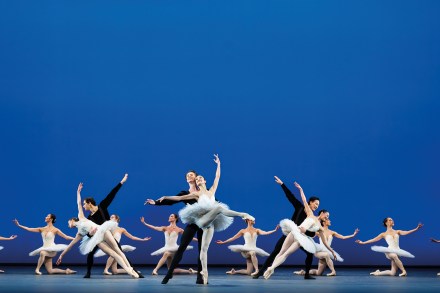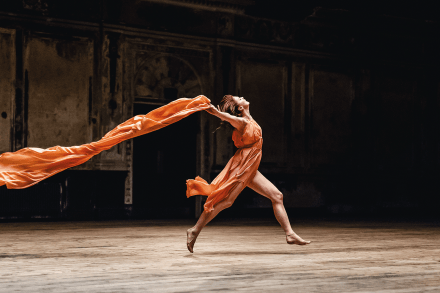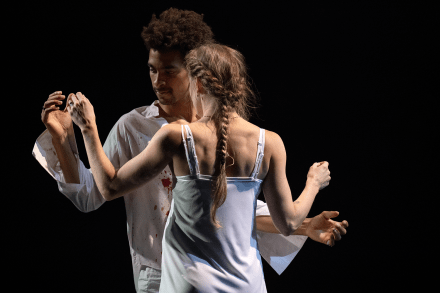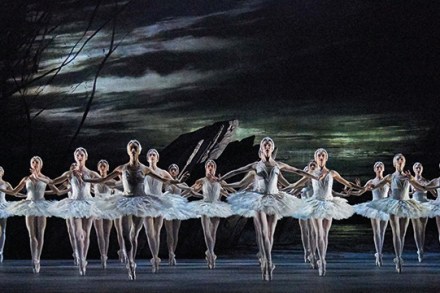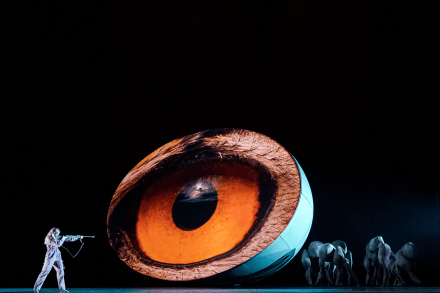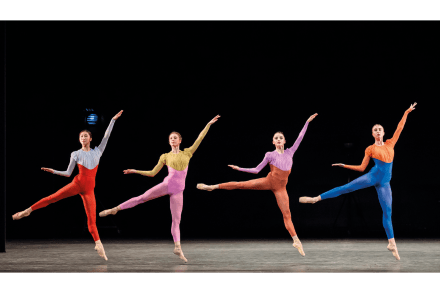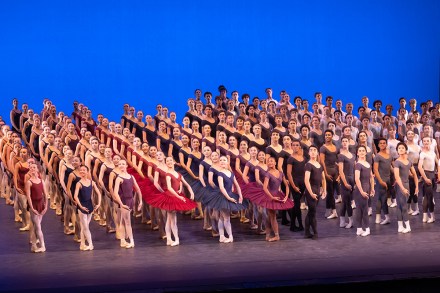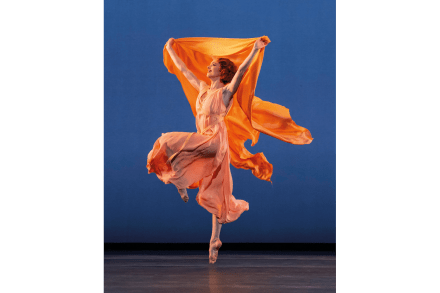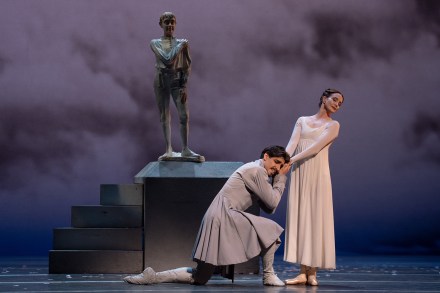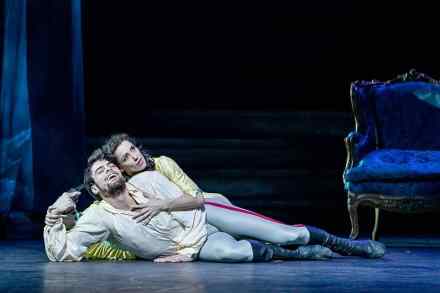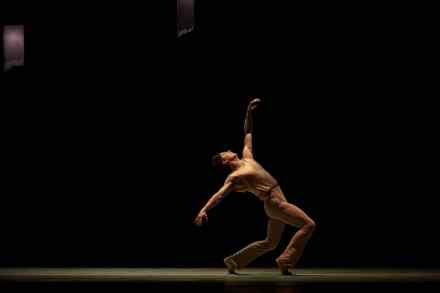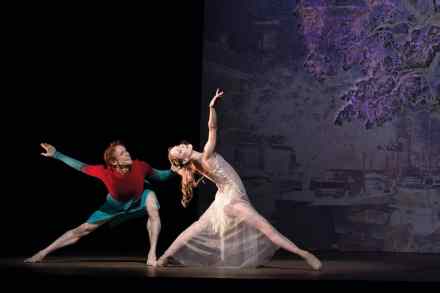Christopher Wheeldon’s real gifts lie in abstract dance
Christopher Wheeldon must be one of the most steadily productive and widely popular figures in today’s dance world, but I’m yet to be persuaded that he has much gift for narrative. His adaptation of the novel Like Water for Chocolate was a hopeless muddle; his response to Alice’s Adventures in Wonderland is mere vaudeville; and I’m praying to St Jude that nobody is planning to import his dramatisation of Oscar Wilde’s downfall, premièred in Australia last year. But as the elegant craftsman, and sometimes the inspired artist, of more abstract dance, he is without doubt a great talent. The Royal Ballet’s programme of four of his shorter pieces showcases his


